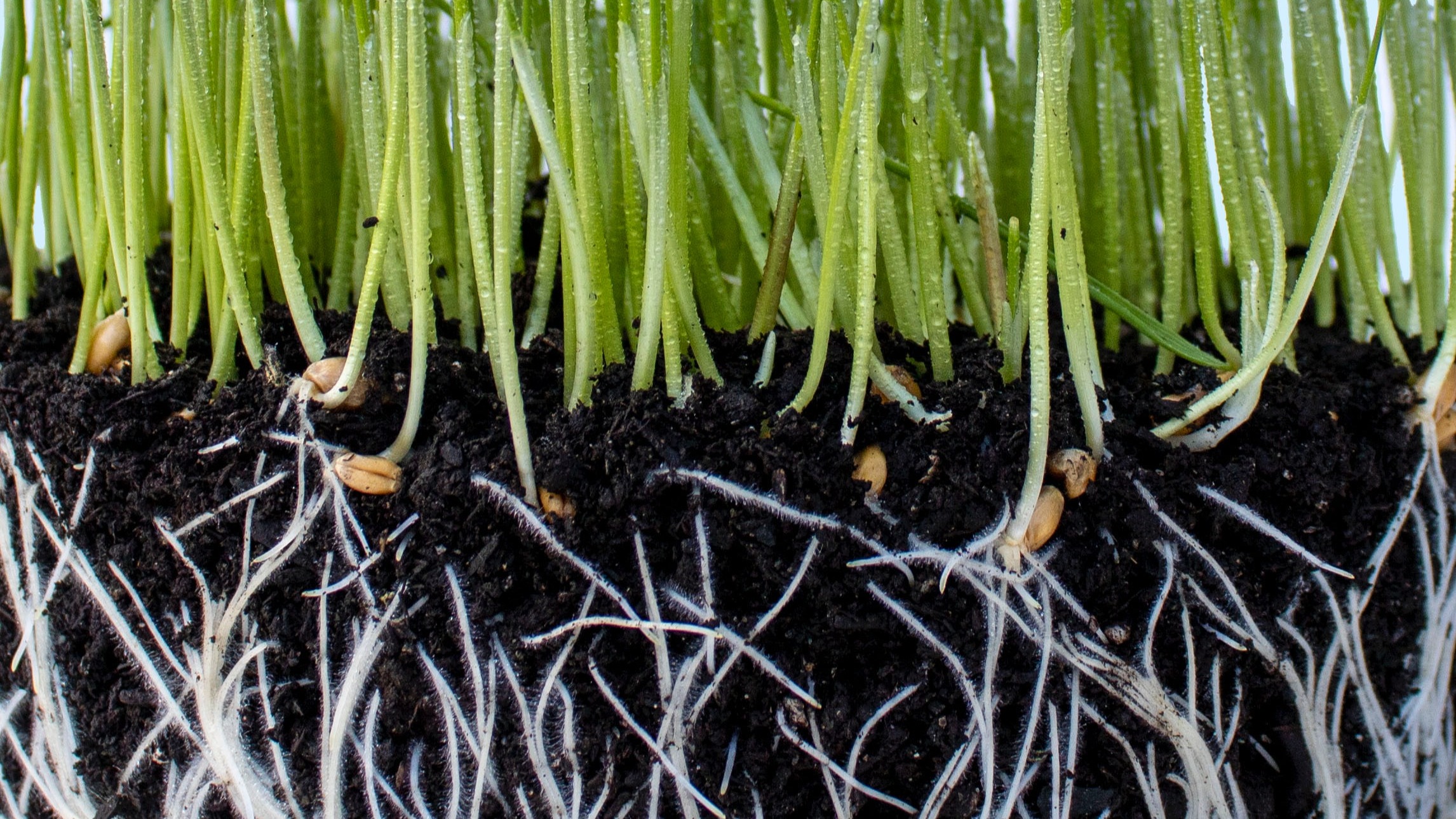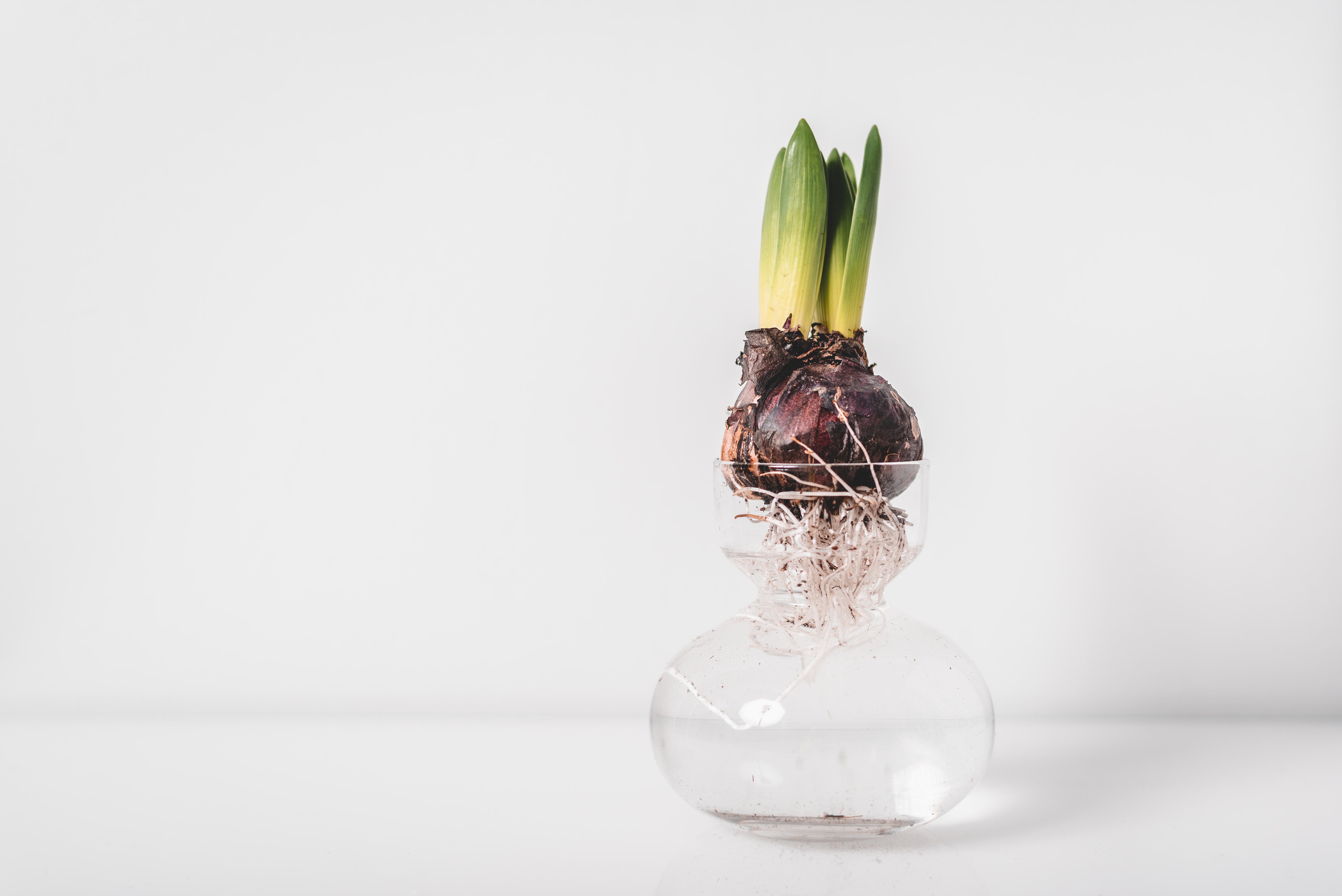Rhizomes, bulbs, corms and other roots
We often tend to think of plant roots as the typical small, pale spider-like tubes branching out beneath your plant, but there are actually a number of different types of roots that can vary greatly in appearance.
Rhizomes, Bulbs, Corms and Tubers are the main groupings, although interestingly these can all be collectively referred to as 'Bulbs'.

Rhizomes
Although the name may not be familiar to everyone, we're sure you've probably come across Rhizomes before. For example, potatoes, turmeric and ginger are all Rhizomes that you can eat!
They're not exactly roots, instead, they're an extension of the plant stem that grows beneath the soil and produces nodes. This allows the plant to survive unfavorable conditions and store nutrients, starch and proteins ready for the next growing season.
Rhizomes also help make propagation very easy - you can just divide them and replant them to create a new plant.
One popular houseplant that has rhizomes is the ZZ Plant . These plants use their Rhizomes to store water, which is part of what makes this plant so easy to care for. They can handle infrequent watering as they have their own backup store!

Bulbs
If you've ever started a Tulip then you'll probably easily recognize plant bulbs. They look a lot like onions, and there's a good reason for that - onions themselves are a type of bulb!
Bulbs contain nutrient supplies as well as the plant's genetic material .
Common plants that form true bulbs include
Lilies
Amaryllis
Daffodils
Hyacinths

Corms
Corms are similar to Bulbs except they are solid inside. Just like Rhizomes, they're a part of the stem and they also work as storage structures.
Some plants that have Corms include: Crocuses, Gladiolus and some types of Alocasia.